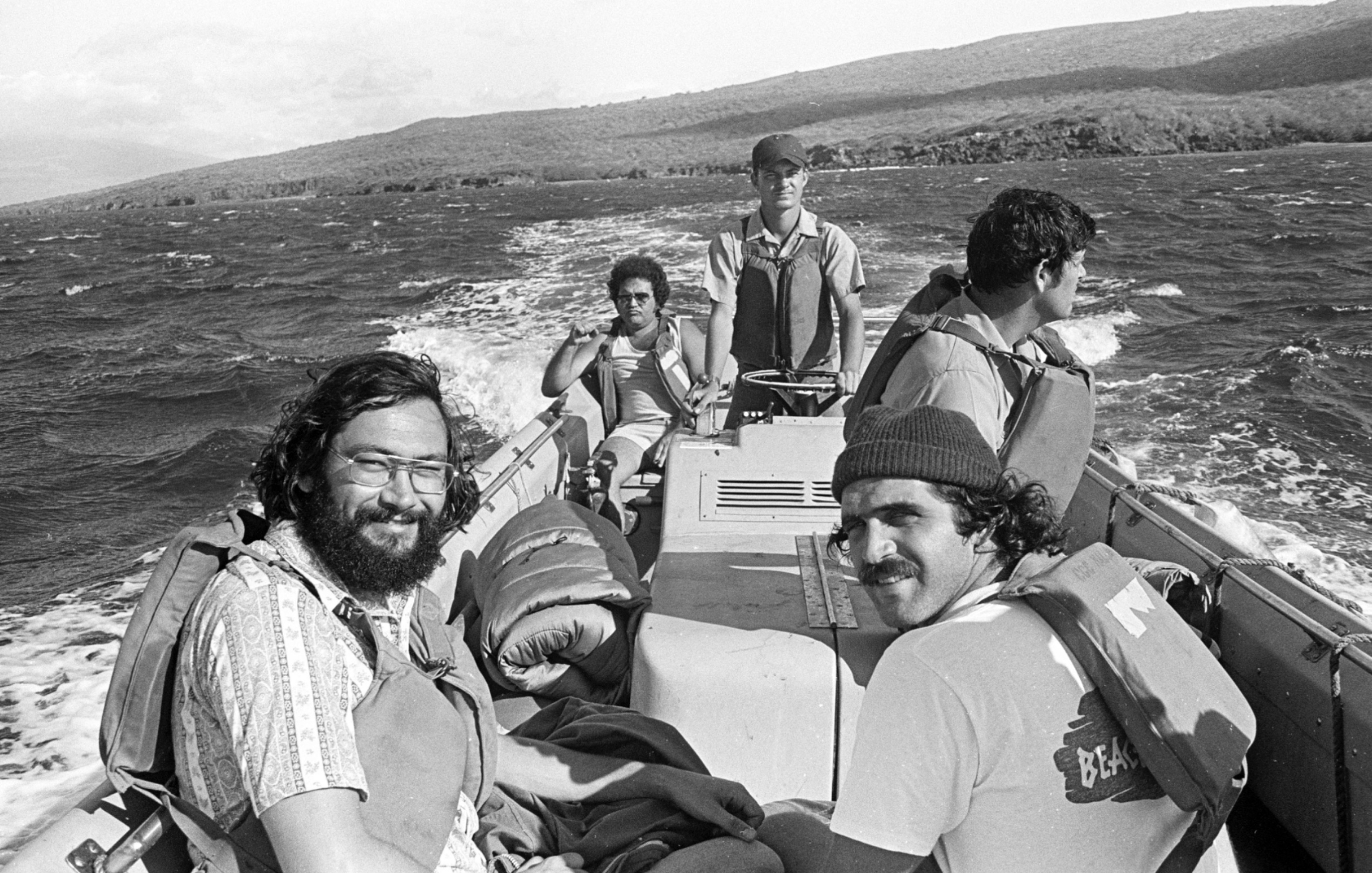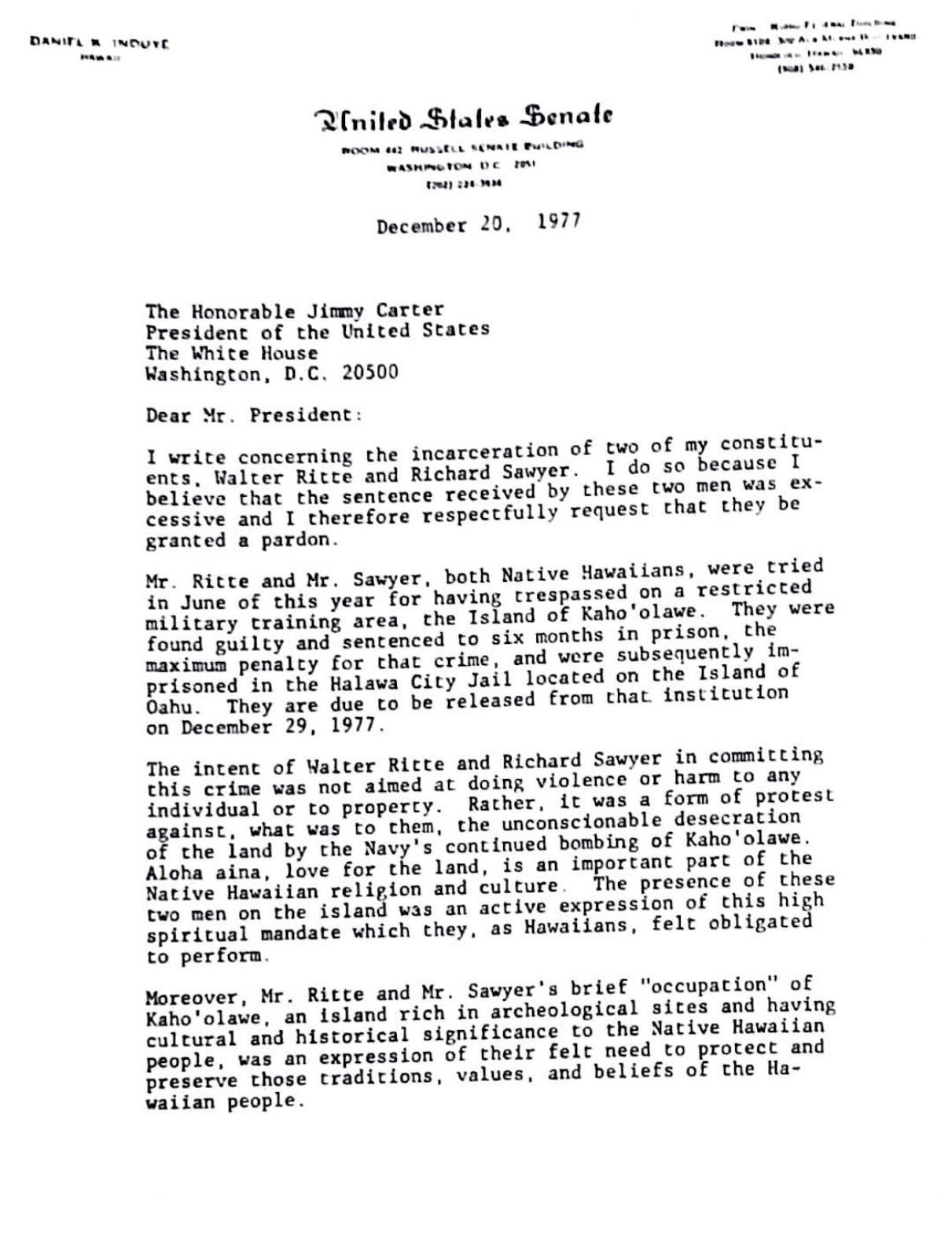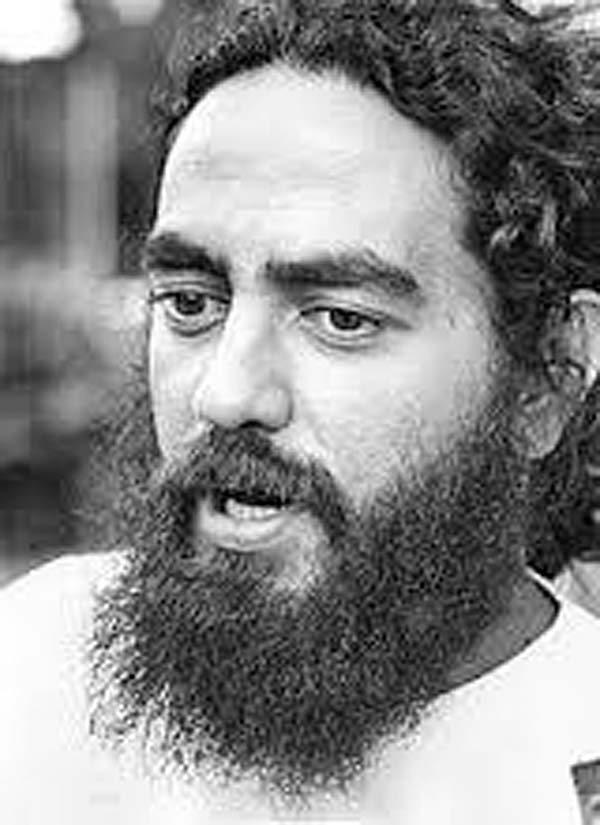
Ian Lind (front left), Steve Morse (front right), and Gail Kawapuna Prejean were detained and taken to a Coast Guard cutter, 1976, Ian Lind
"I feel like my kupuna came here before me and that just makes me want to work harder into my genealogy to know that if I didn't come here then that gives me even more reason to keep coming back."
~ Kelly McHugh, KIRC

Ian Lind (front left), Steve Morse (front right), and Gail Kawapuna Prejean were detained and taken to a Coast Guard cutter, 1976, Ian Lind
Bombs lit the sky and could be seen from afar. The Hawaiians grew tired of the fact that their history was being destroyed. There was no written Hawaiian history; the island itself was evidence. All of the cultural traditions held there couldn’t be replaced - all of the knowledge the Hawaiians had were left behind. Crossing the frontier, George Helm, Kimo Aluli, Walter Ritte, Emmet Aluli, Ian Lind, Ellen Miles, Steve Morse, Gail Kawaipuna Prejean, and Carla Villalba went to the island. By doing so, the Navy couldn't bomb with people inhabiting the island. But it was difficult getting to the island itself. The Navy patrolled the waters constantly, and many were arrested and thrown in jail. Still, the activists' perseverance prevailed as they continued to push through these obstacles.
The navy adversed the protests so that they could keep Kaho'olawe for bombing practice.


Daniel Inouye, Hawaii's State Senator's, letter to Jimmy Carter, president of the United States, asking that Walter Ritte and Richard Sawyer's charges are cleared.
A recording of Walter Ritte, member of the Protect Kaho'olawe Ohana
"Given the benefits that the state derives from these lands, it can surely take responsibility to effectively manage Kaho'olawe as a Hawaiian cutrutal reserve."
~ Davianna McGregor, KIRC
In January of 1976, the Protect Kaho'olawe Movement was formed. They were dedicated to stopping the bombing and promoting the healing of Kaho'olawe. George Helm led the Kaho'olawe Nine, the first to cross Kaho'olawe's frontier. The Nine protested the Navy's use of the island as a target and sued them for violating laws concerning the environment, historic care, and religious freedom. In 1981, they signed a settlement, so the Navy could only bomb the island for ten days each month. The bombing range was constrained, and the government allowed them to visit the island and bring guests.

"I first touched the island of Kaho'olawe in 1977 two days after we got word our brother George disappeared. In the same year, I also spent two weeks walking the perimeter of the island seeing the beauty and devastation inundated with numerous cultural sites of our reminiscent of the pass."
~ Adolph Helm, brother of George Helm


On March 7th, 1977, George Helm and Kimo Mitchell went missing. The 26 and 25 year-old men went to look for two of their fellow activists. Helm and Mitchell got lost at sea on their return to Maui. This disappearance inspired the rest of the 'Ohana to fight harder for Kaho'olawe. Forty years later, their hard-working legacy was continued to restore the island.
After many stood up for Kaho'olawe, more joined in support. This support led to their win against the US Navy, a win for the anti-bombing supporters. However, more work was needed to restore the island to its former condition. But by crossing the frontier that was set as a norm, they changed the future of the island forevermore.